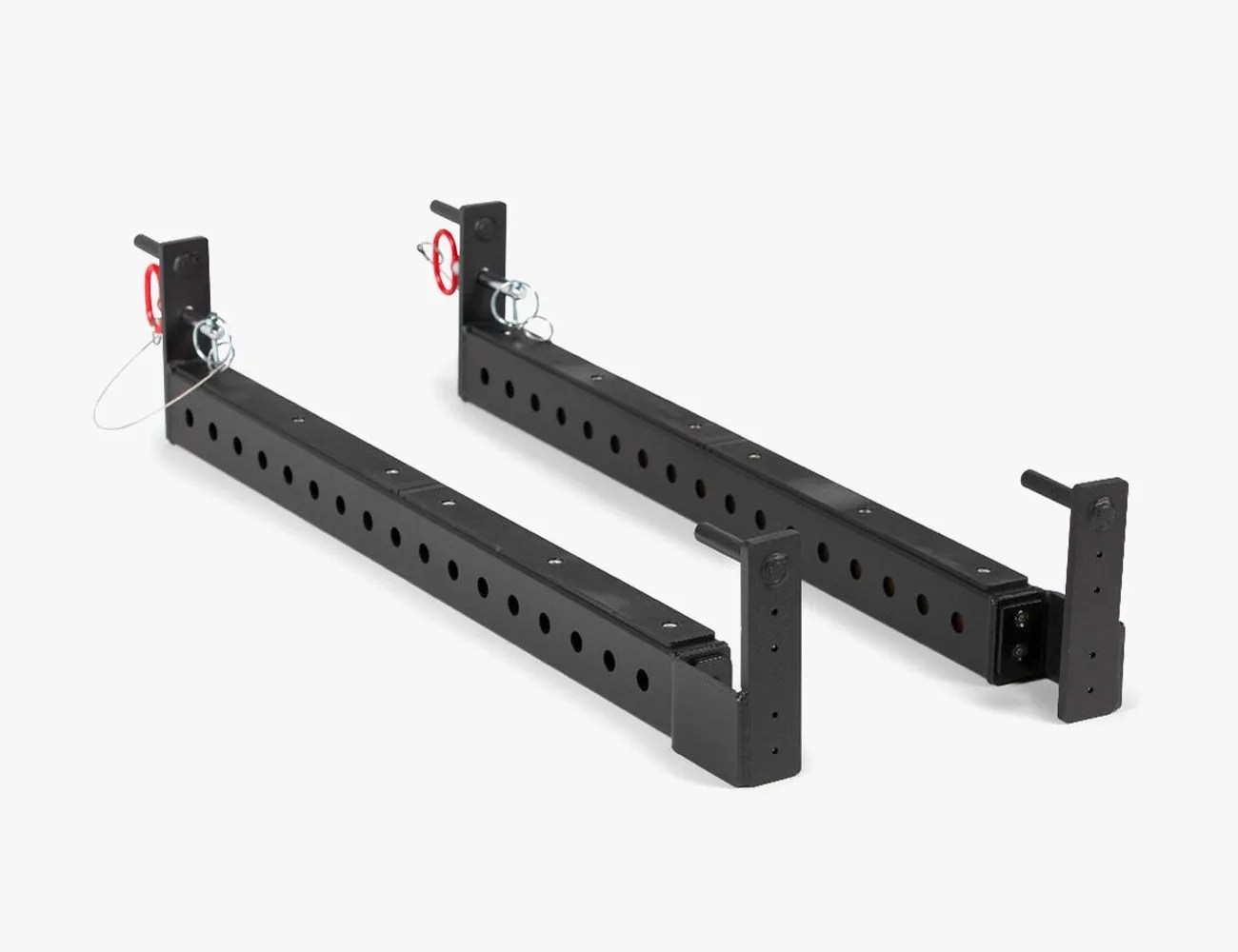We all have that one exercise that, when it comes up in our training programs, sparks groans of disgust and hesitancy. It could be a modality that you’re struggling to progress with, like a bench press that’s just not ready for an added plate. It could be a tiresome, grueling movement that leaves you gassed at set’s end, like walking lunges. More often than not, however, the exercise of agony is … the back squat.
Squats, especially barbell squats, can be the thorn in many a lifter’s side for a number of reasons. It’s one of the most complicated, difficult movements you’re likely to perform in a strength training workout, yet the rewards are too bountiful to ignore.
Having had my own bouts with this boogeyman, I’ve developed a few habits to ensure that squats and myself stay on speaking terms. When approaching the rack, it’s all about being prepared, prioritizing safety and knowing failure will occur on occasion … and that’s not a bad thing.
Why Are Barbell Squats So Intimidating?
For one thing, the notion that the weight is resting on your sensitive spine is enough to strike fear in anyone that’s dealt with lower-back issues. Sure, you can drop the weight if things go awry, but unlike with, say, a deadlift, the weight is traveling from such a high elevation. Getting out of the way, especially when squatting in a proper rack, can require heightened focus and attention.
Additionally, squats are intimidating because they’re just plain difficult. There’s a lot of moving parts to the movement — from your legs, to your back, core and hips. Few exercises are as taxing on the full body. Think about it: where are you likely to push yourself further — a bench press or a squat? Both place heavy weight over your frame in less than ideal locations, but the fact that you’re less likely to fatigue yourself entirely during a heavy bench press can be enough motivation to go for a little higher total.















